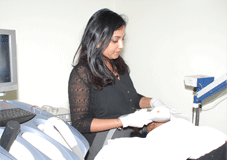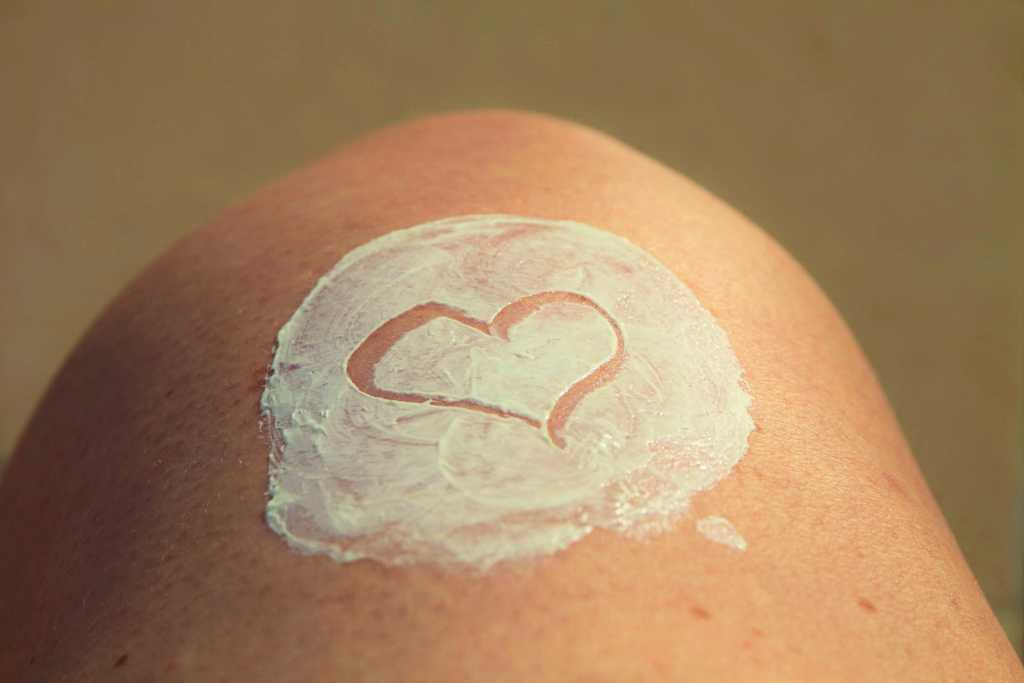
Beauty industry has become an important aspect of our lives as everyone wants to look young and beautiful. There are a wide array of solutions for skin treatment from dermatology, cosmetology and skin lasers. A few days back, I saw a hoarding of a skin clinic offering chemical peeling. My curiosity level increased and I wanted to know everything about it, so I asked Dr Sirisha Singh, the founding member and partner consultant of The Skin Center to tells us more about chemical peeling.
What is chemical peeling?
Chemical peeling involves the application of acidic substances on the surface of the skin. The acidic materials dissolve the skin glue which is responsible for the dead layers of the cells sticking to the skin. This results in exfoliation of the dead layer of cells leaving the skin glowing with a uniform skin tone. Some chemical peels also contain agents which can help to reduce pimples, reduce pigmentation or cause skin tightening as per individual requirement.
Are there any different types of chemical peels we should know about?
Broadly speaking peels can be divided into superficial peels, medium depth peels and deep peels.
The superficial peels simply remove the dead layers of cells. These are lunchtime procedures and one can safely go back to work immediately after the peeling procedure. The commonest superficial peel is a glycolic peel.
Medium depth peel are slightly deeper. In these peels, there is visible peeling of the skin. Most such peels have active ingredients mixed in them , like the salicylic peels for pimples, tri-chloro acetic acid peels to drain out the pimples, retinoic acid peels used for pigmentation and for skin tightening. Different people have different degrees of peeling. Some people can have peeling for upto a week after the procedure.
Deep chemical peels cause deep exfoliation of the skin. There is visible skin loss with oozing from the skin. It takes several days for complete recovery. There is a risk of scarring and a high risk of pigmentation. The risks are higher in people of Asian origin and therefore these peels are not usually done in India.
How safe is it to get chemical peeling done?
It is quite a safe procedure and the risks are minimal. There can be redness, a tingling sensation for a few hours. Chemical peeling increases the sensitivity of the skin to UV light and hence it is mandatory for people to use a sunscreen regularly after the peeling procedure.
Why is chemical peeling not allowed during pregnancy?
There is a slight risk of the active ingredients getting into the blood stream and to the baby. Although the risk is very low but most physicians prefer to avoid the procedure in pregnancy as it is an optional treatment and can be easily postponed after delivery.

What are the benefits of chemical peels?
As an initial effect, one notices a reduction in tan and a glow to the skin. When done regularly (monthly), it can leave the skin looking softer, younger, firmer and can significantly reduce the blemishes on the skin. Studies have shown that people who get regular peels have younger and firmer collagen in the skin making their skin tighter looking.
What are risks, side effects, and dangers of chemical peels?
There can be some redness, some bumpiness of the skin that can last for a few hours. There can be a stinging sensation when exposed to UV light and it is important to use a sunscreen. In people with a sensitive skin or if a strong peel has been used, there may be a burn in the skin. This usually responds well to some steroid creams and sunscreen use but very rarely there may be some pigmentation which heals very gradually. Deep peels carry a high risk of scars, pigmentation or even loss of pigmentation.
Skin problems that respond best to chemical peels are due to chronic sun damage from ultraviolet light? Do you agree?
The changes in the skin due to cumulative ultra-violet light damage is called photo-damage. This includes freckles, uneven skin tone, coarse texture of the skin and fine lines and wrinkles, chemical peels can slowly and gradually reverse these changes.
If you have any doubts about chemical peeling , mail us your queries at contact@allaboutwomen.in

































